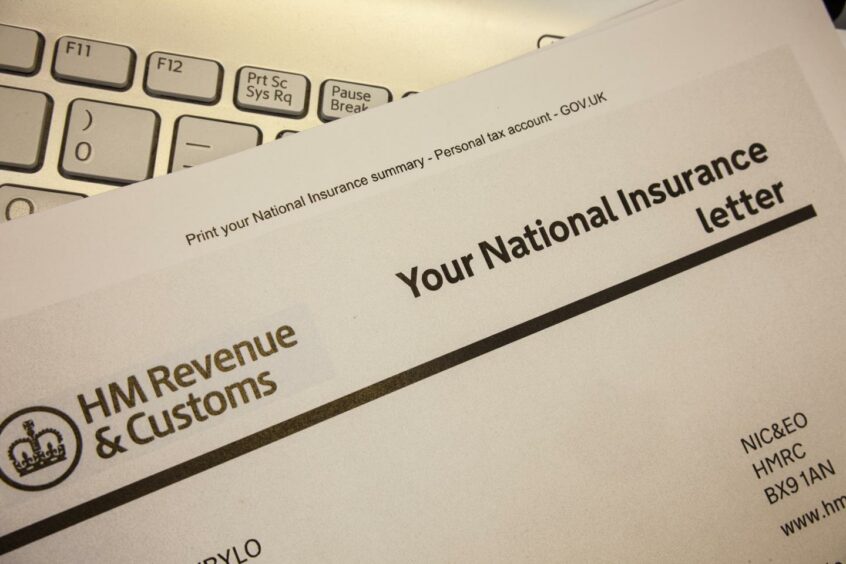The UK Government is pressing ahead with drastic social care reforms that will result in the sum people in England pay for their own care being capped at £86,000.
Any care costs over this figure will be covered by a new “health and social care levy“, which will be funded by an increase in National Insurance (NI) contributions and dividend tax.
The new cap will apply to anyone entering care after October 2023. The changes could save people tens of thousands of pounds and result in a rise in the amount loved ones inherit.
But is the new levy as straightforward as it seems? Are there any hidden charges to consider?
Here we look at the questions our clients have posed about this. We hope it helps.
How much will National Insurance increase?
In April 2022, NI contributions will increase by 1.25%. Here’s a breakdown of what this might look like for you:
- £10,000 salary will pay £5 extra each year – £52 now, and £57 in future.
- £20,000 salary will pay £130 more each year – £1,252 now, and £1,382 in future.
- £30,000 salary will pay £255 more each year – £2,452 now, and £2,707 in future.
- £40,000 salary will pay an extra £380 each year – £3,652 now, and £4,032 in future
- £50,000 salary will pay an extra £505 each year – £4,852 paid now, and £5,357 in future
Short-term pain for long-term gain?
The changes have received a mixed response from the public. Some people are happy with the levy because they’ll no longer have to sell their homes or deplete their life savings to pay for their care.
Instead, they can now pass the family home down to loved ones. For these people, changes to their NI contributions may seem like a small price to pay for more wealth in future. It may be a case of short-term pain for long-term gain.
Others have criticised the decision to fund the levy this way, as those who are already struggling financially will now see their take-home pay fall a little further.
How does it differ across the UK?
The new health and social care levy will apply across the whole of the UK and the money raised will be distributed between each country.
However, the £86,000 cap currently applies only to England.
It is not yet clear how funding will be managed in Scotland, Wales and Northern Ireland.
Are there other costs to consider?
Although the levy will cover the cost of care, many people will still have other expenses.
For example, you may need to use your own savings to pay for accommodation, food and bills even if you move into a retirement home.
What’s the best way to prepare for this?
The sooner we all start planning for end-of-life care, the better. It’s one of those decisions that our future selves will thank us for.
There are plenty of proactive things we can do to make sure we’re well looked after, while also leaving a legacy for our loved ones.
For example, smart savings and investments can make a world of difference to the amount we retire with.
With the help of compound interest, our investments can do the heavy lifting as we focus on other things.
Creating a will and selecting a power of attorney – someone who can manage our affairs if we are unable to do so – are both worth looking into sooner rather than later.
But this is just the tip of the iceberg. If you would like to know more, please contact us for advice.
Andrew Dines is a director and chartered financial planner at AAB Wealth.
What is ESG investing and should you be taking it seriously?
Life insurance is important but it doesn’t have to be taxing

